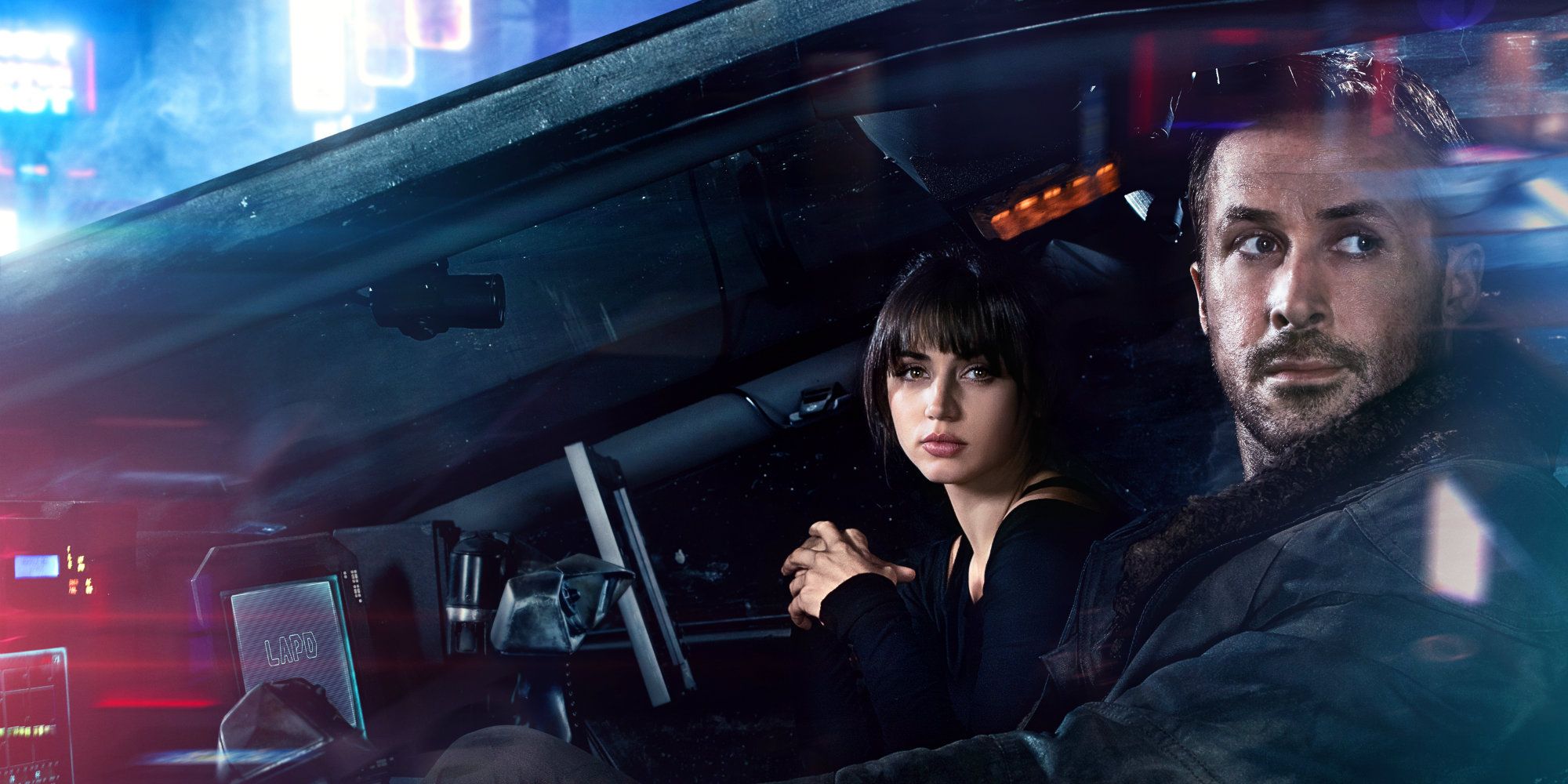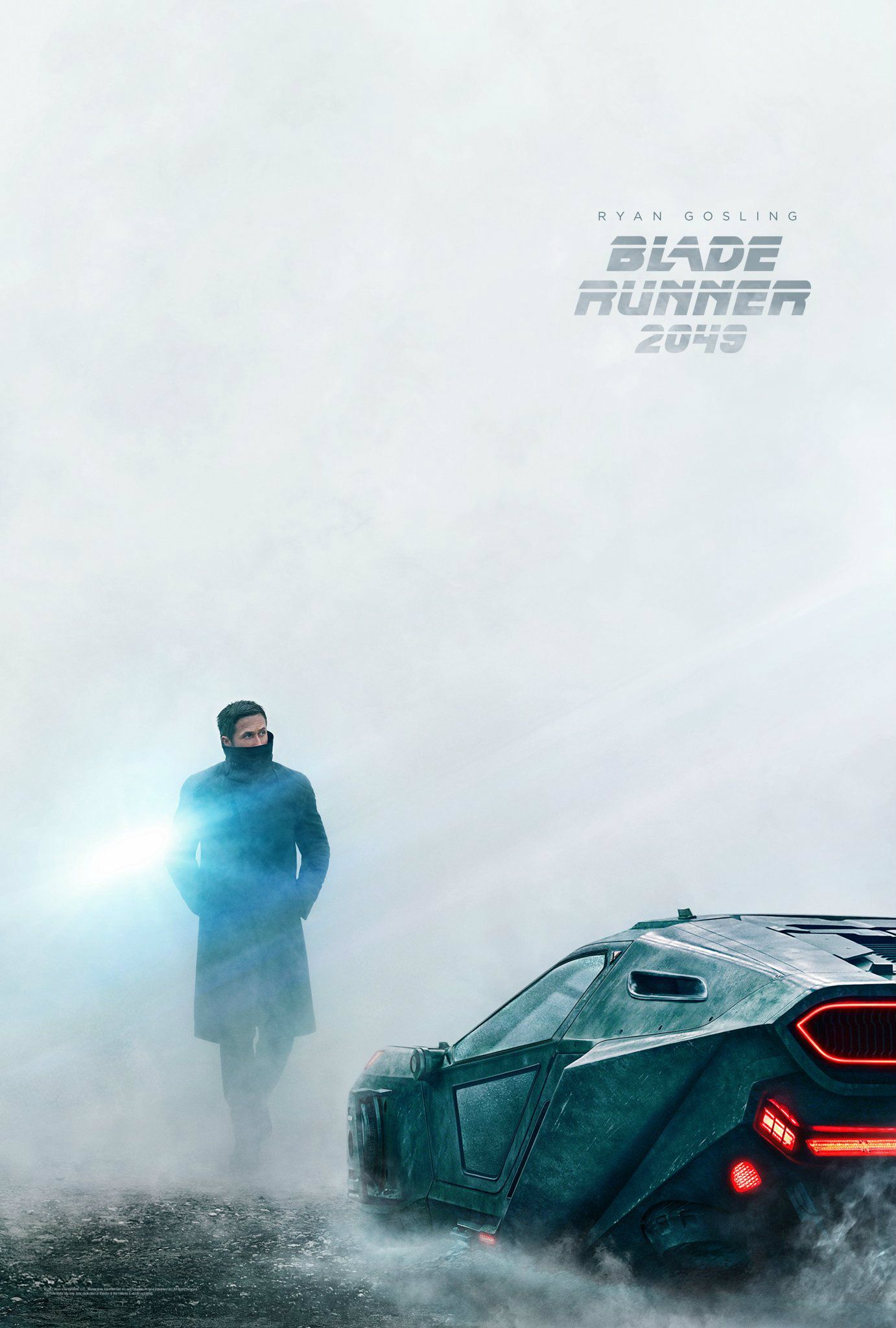[WARNING: SPOILERS ahead for Blade Runner 2049.]
--
Director Denis Villeneuve detailed in a new interview how he made Blade Runner 2049's hologram sex scene. The long-awaited sequel is a visual triumph, featuring many beautifully shot sequences and set-pieces. Villeneuve eschewed CGI in favor of practical effects and real sets as much as he could, but could not avoid it for the sex scene that features the holographic Joi (Ana de Armas) engaging in a "threesome" with replicant blade runner K (Ryan Gosling) pleasure model Mariette (Mackenzie Davis).
The scene has quickly become one of the most talked-about sequences from the film, as much for its thematic implications as the striking visuals that went into it. Villeneuve has now explained how he and the crew made the scene come to life - well, as much as it could for a sequence featuring two replicants and a hologram.
Speaking to Vulture, Villeneuve spoke at length about what went into making the scene from a technical standpoint as well as how he wanted to develop K's character as a result of the experience. In an effort to give the lonely K a chance to actually experience making love to a woman with a real body, Joi employs Mariette to represent her physical form as she superimposes herself, sometimes clumsily, over her. The result is a surreal yet strangely erotic scene that has become one of its most unforgettable moments. Villeneuve explained that the un-synchronized movements of both actresses during the scene was a deliberate choice, and a painstaking process to get right:
“The way eyes move, or a hand … I felt the smaller the gesture, the more erotic and powerful the scene would be. ... I loved the idea that you were feeling both presences of both women at the same time and that sometimes, it was like you were feeling a third woman."
The director elaborated on how the scene was filmed, which involved the two actresses alternating attempts to mimic each other's movements. The visual effects team reportedly worked on combining their shots for "well over a year," and for some of it even scanned 3D models of both Davis and de Armas to blend together. The slight imperfections in the resulting scene was Villeneuve's way of making it feel less "magical" and making viewers "feel the limit of the technology." He added that he purposely kept the scene under wraps in the film's marketing, even going so far as to require press who screened the film to omit mentions of it in prerelease stories.
Cinematically, the director's big bet on the scene certainly paid off. It is one of Blade Runner 2049's most mesmerizing moments in a film filled with them. In furthering K's development as a replicant struggling to understand human emotions, it's one of the sequel's most compelling combinations of arresting visuals and thematic evolution. It should come as no surprise to those who have seen the film that so much time and energy went into making it as striking as possible.
As Villeneuve himself acknowledges in the interview, Blade Runner 2049's ambiguous marketing could have also ended up hurting it at the box office. Despite critical acclaim, it appears destined to be a commercial disappointment, and promoting K's relationship with Joi and interactions with Mariette could have generated more interest from casual audiences. But no dollar amount can take away from what is one of 2017's most memorable cinematic moments, a stunning - and arguably groundbreaking - technical accomplishment.
MORE: Denis Villeneuve Defends Blade Runner 2049 Marketing
Source: Vulture



